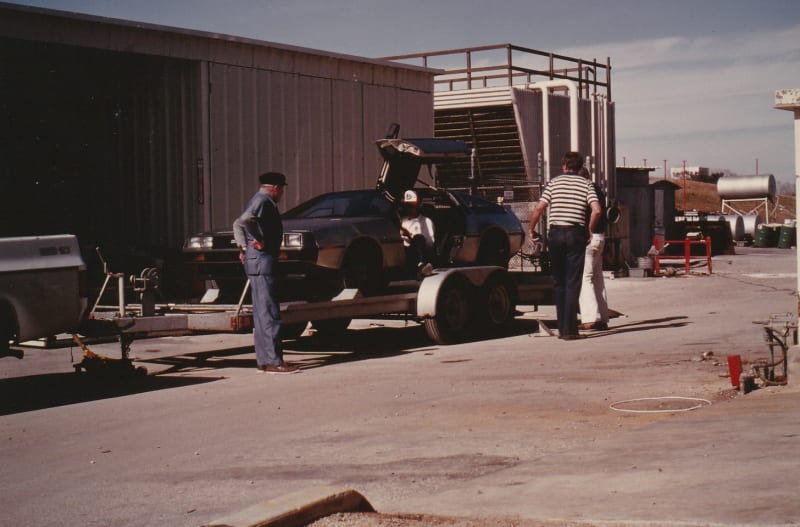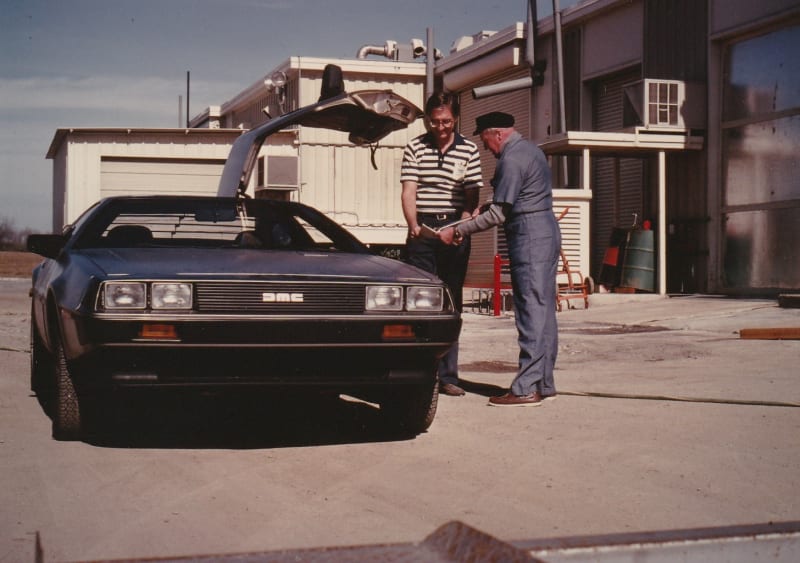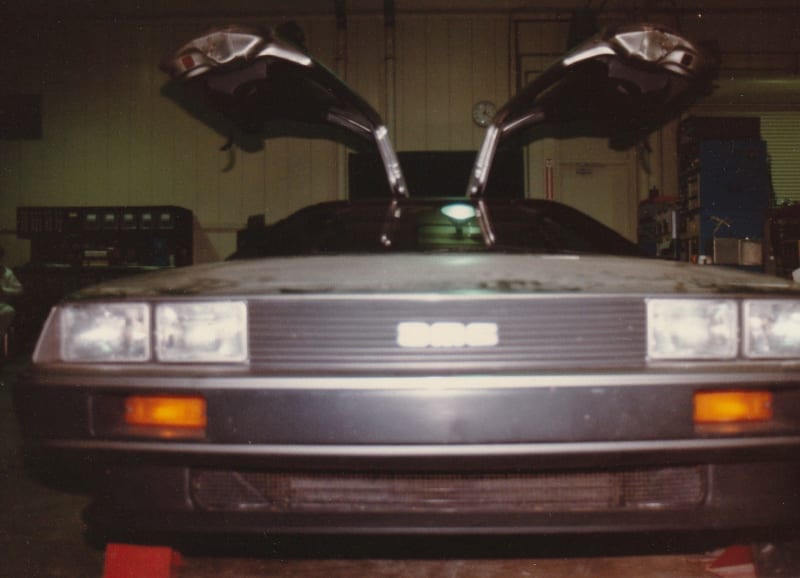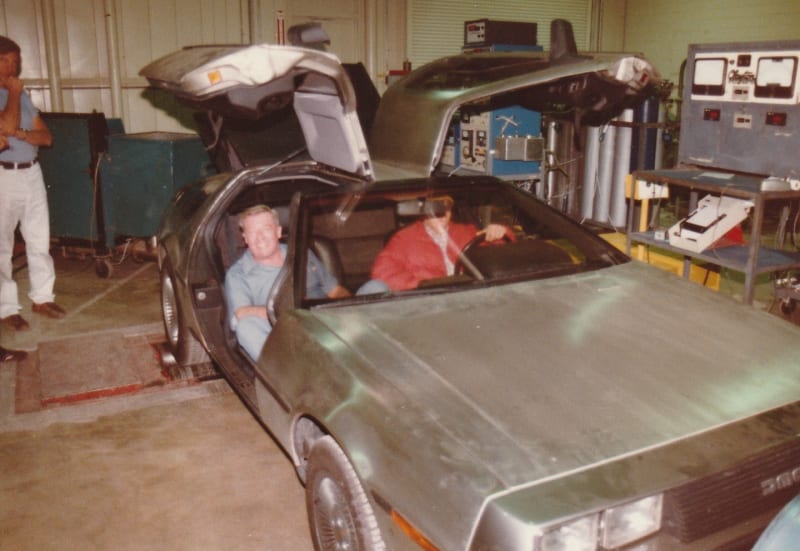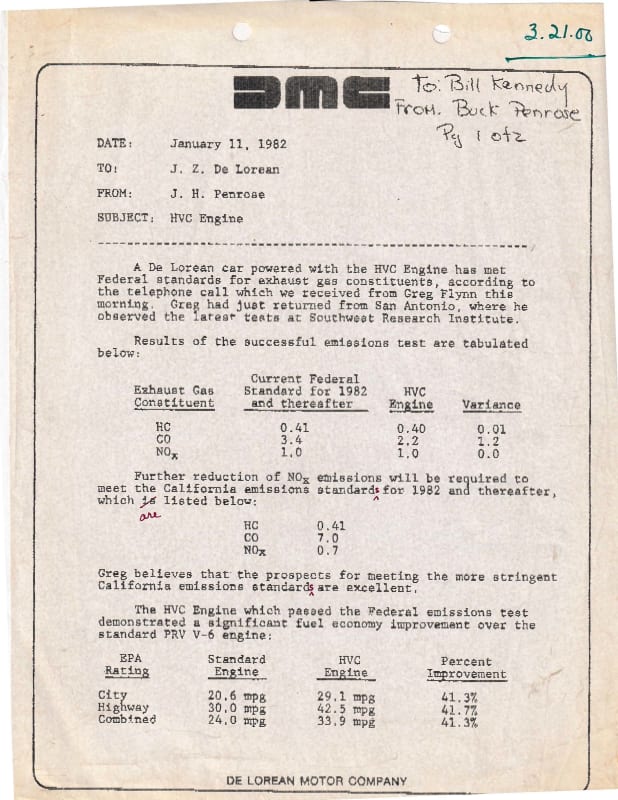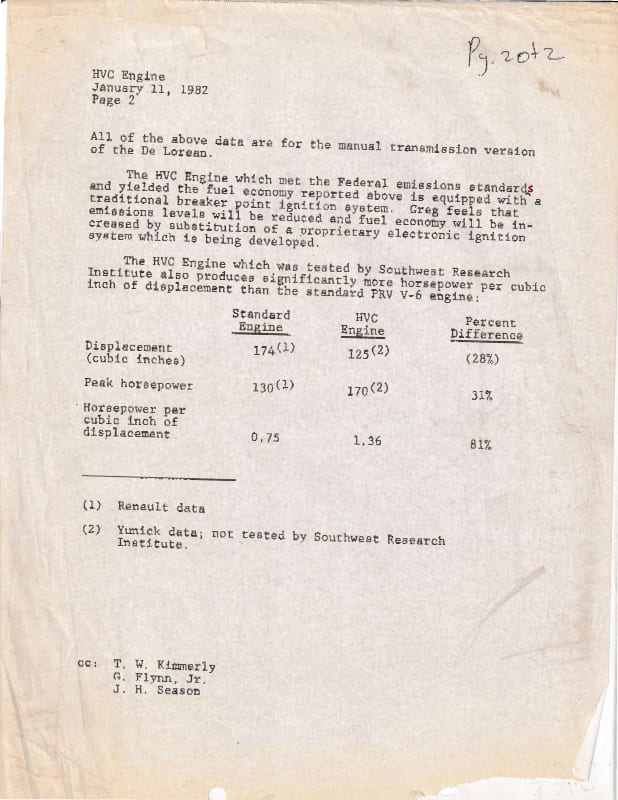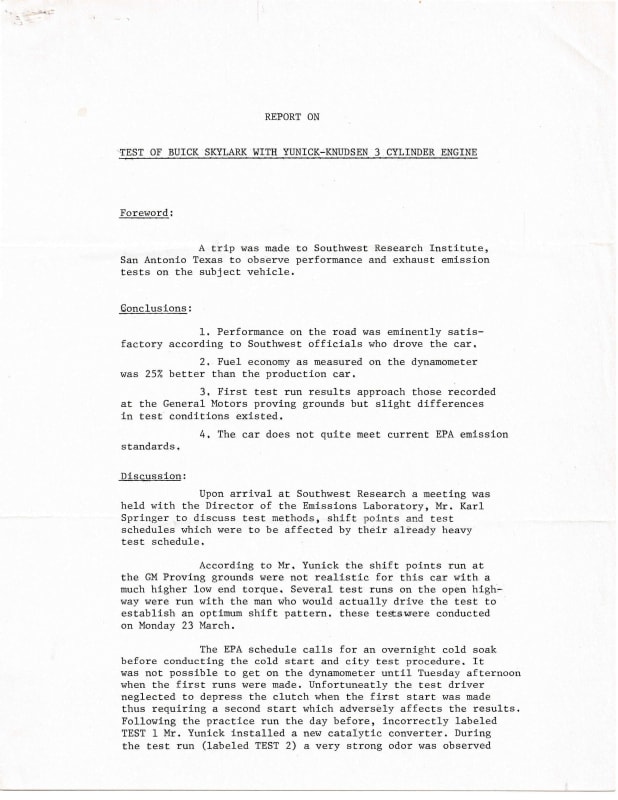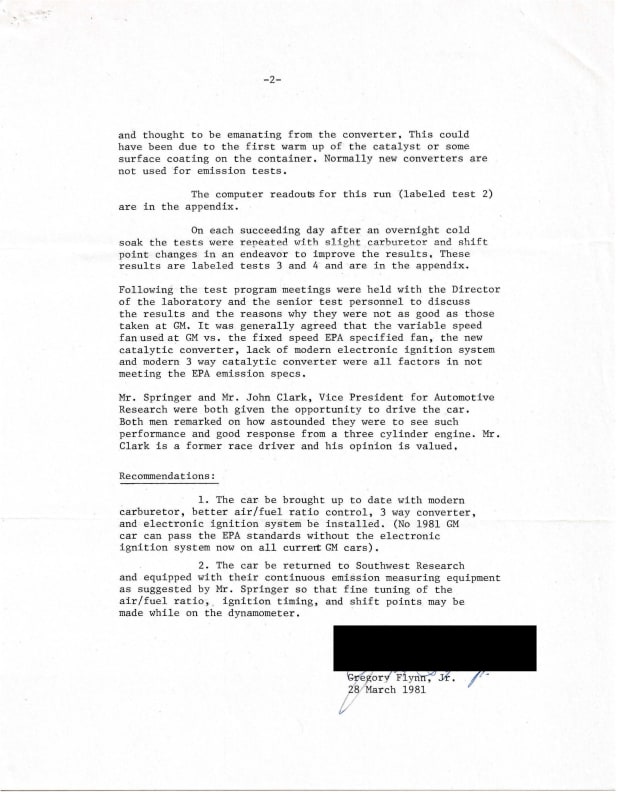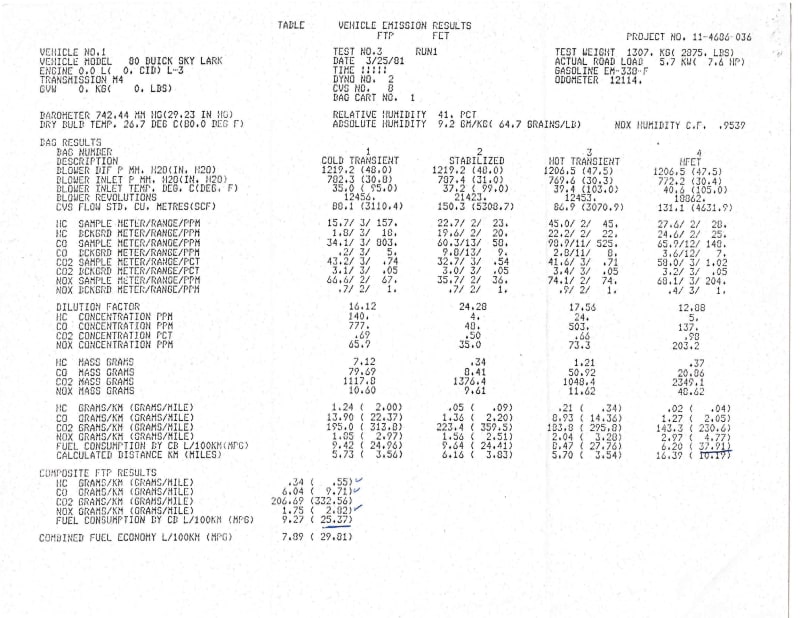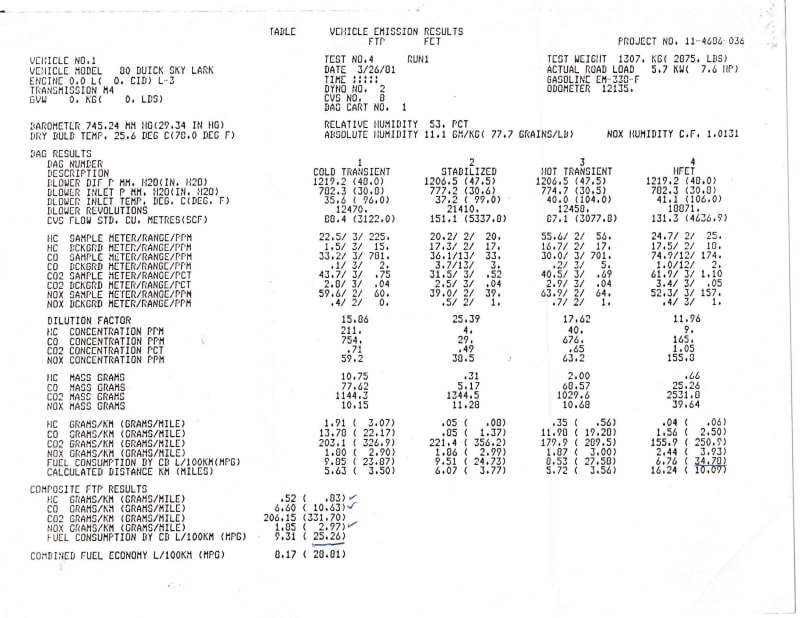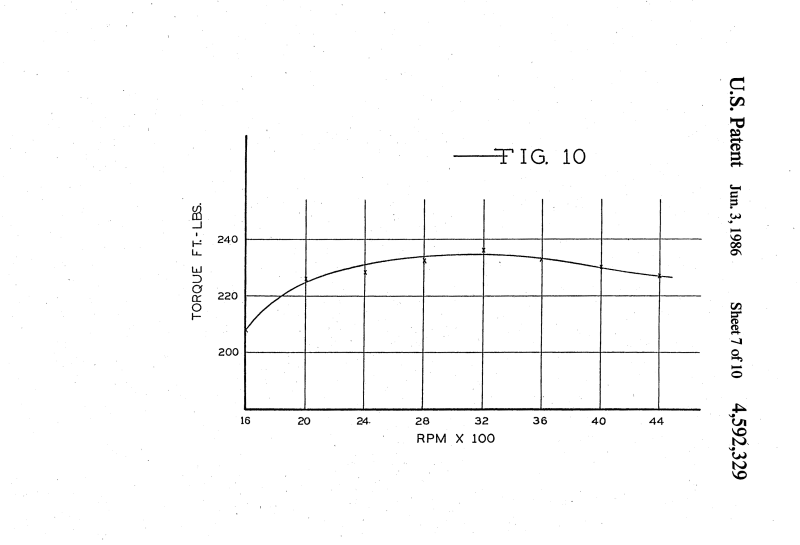SameName4Everything
Computer
- Mar 23, 2021
- 25
First, I am not an automotive engineer and I didn't spend the night at Holiday Inn. I jumped into this project only a few months ago and had a leg up because I know Danny Soliz very well and he is a life long adherent of Smokey, has studied the HVE and actually has 5 of the 10 known HVEs including the numbers matching Horizon and its engine. Overview: Running on a stand: Discussing cams for the Iron Duke version:
After having read what was readily available I have gone further down the research trail than most. I was aided by documents from DeLorean's files and other documents and articles from the past. What I have gleaned is that it is a polarizing issue driven by Smokey's legend, myth or infamous reputation. The claims are well know, but there is no proof. My question is this: Would the data pulled from 12 Dyno pulls and 10 road tests of MPG from SwRI be proof? How about reports by engineers at SwRI? Or reports and quotes from someone like Gregory Flynn who ran GM's Motor Division attesting to it working? If those showed approximately the 50MPG, Zero Emissions, 1.8 HP/CI from a 1.3l Engine using a carburetor and other tech available in 1982, would that be enough for people to say it worked?
After having read what was readily available I have gone further down the research trail than most. I was aided by documents from DeLorean's files and other documents and articles from the past. What I have gleaned is that it is a polarizing issue driven by Smokey's legend, myth or infamous reputation. The claims are well know, but there is no proof. My question is this: Would the data pulled from 12 Dyno pulls and 10 road tests of MPG from SwRI be proof? How about reports by engineers at SwRI? Or reports and quotes from someone like Gregory Flynn who ran GM's Motor Division attesting to it working? If those showed approximately the 50MPG, Zero Emissions, 1.8 HP/CI from a 1.3l Engine using a carburetor and other tech available in 1982, would that be enough for people to say it worked?


